Located in Chapcha gewog, Dokhachu means “a boulder standing upright and facing the sky”, and refers to a large boulder that sits a hundred meters away from the main temple. A small chapel is attached to this sacred boulder.
Dokhachu was established by Lama Thinley Gyamtsho in the second half of the 17th century. The temple later hosted Terton Drukda Dorji a century later.
Both the lamas had as their yidham in Ekajati (Dzongkha: Ralchikma. རལ་གཅིག་མ). Yidhams are the paramount meditational deities who guide the practitioners in their final stages of their vajrayana practices.
Terton Drukdra Dorji
Terton Drukda Dorji, a dharmic treasure revealer, is believed to be the emanation of Lhalung Pelgyi Dorji and he travelled through Tibet, Bhutan and other Himalayan areas to fulfil this destiny. He lived in the early part of the 18th century.
In Bhutan, his dharma activities occurred mainly along the Wangchu valley from Lungchosekha to Tshelungna, and in Chukha valley.
His life and works, however, coincided with that of the reformist and the “anti-dharma” ruler of Bhutan, the Eighth Desi, Druk Rabgye (reign: 1707 – 1719), who gave orders to kill the Terton.
The terton was eventually assassinated, through suffocation, in Mertsem, a village below Gedu, by two men from Bjachhu village. (Because of this sin, it is believed that the descendants of these killers from Bjachhu are cursed with a bad voice/throat).
The mortal remains of Terton was brought towards Tshamdra for cremation at the request of Tshamdra Trulku, Ngawang Drub. However, when it reached Chapcha Dzong, it refused to move further. Terton Drukda Dorji was eventually cremated near Chapcha Dzong. A stupa stands on the spot he was cremated. A story goes that the devas and the dakinis descended from heaven in the form of a gust of wind, to grab his ashes. Only a handful was saved by the presiding lama for the human realm, which is now believed to be house in Tsamdrak Gonpa – a temple that is further north of Chapcha.
Terton Drukdra Dorji is best known for his prophecy in the 18th century on the birth of Fourth King of Bhutan, HM Jigme Singye Wangchuck (born in 1955). As of writing this post, his reincarnation has been recognised and has started his dharma activities.
Lama Thinley Jamtsho
Lama Thinley Jamtsho was one of the first students of Zhabdrung Ngawang Namgyel (1594 – 1651) when the latter establised a Drukpa Kagyu monastery in Bhutan in 1620 at Chagri in Thimphu. Among many of Thinley Jamtsho’s achievement was establishing the presence of Drukpa Kagyu in Ladakh under the patronage of King Sengye Namgyel (1572 – 1642). It is not clear if he also served as the first Gangri Lam to Mt. Kailash. He built Dokhachu Gonpa in his latter years and after his return from Ladakh.
The powerful dharmapala, Ekajati
Although Dokhachu Gonpa is associated with two great historical figures, Terton Drukda Dorji and Lam Thinley Jamtsho, Dokhachu is chiefly known as the abode of yidham Ekajati, who is also known by another name here – Aum Kangchikma (one legged lady).
She is one of the three principal deities of the Nyingma tradition of Tibetan Buddhism. She is represented in iconography as having one strand of hair, one eye, one fang, one leg, one arm, and one breast. Legend has it that one of her eyes was pierced by Guru Padmasambhava to enable her to see better with one eye, and help him suppress the evils and demons. Another belief is that she was on the verge of dissolving her body through intense meditation, before being stopped by her celestial teacher, Buddha Akshobaya (Sangye Mithrupa in Dzongkha: མི་བསྐྱོད་པ), so that she remains a bodhisattva and avoids entering into Nirvana.
Mamo Ekajati, as she is also known by, is one of the three main protectors of Nyingma school, collectively known as Ma Za Dam Sum. The other two being Za Rahula and Damchen Dorje Legpa.
Ekajati is a Sanskrit word to mean “one” (eka) hair (jati). She has many names and forms. As the Yidham of Terton Drukdra Dorji she is known as Aum Kangchima (One-legged Lady). This is how she is referred to here. As the protector of Peling tradition, she is worshipped as Aum Ngagsum (Lady Protectors of the Mantras). In another belief, she is the second eldest of the Six Ekajati sisters where Aum Jomo is the eldest and Aum Zinchen Wangmo is the youngest.
Nangtehn (sacred relics) of the temple
The most important piece of statue-relic (nang-tehn) of the temple – and the Yeshey Sempa – is the self-arising (ter in Dzongkha) statue of Ekajati, which was discovered by Terton Drukda Dorji. There is also another small statue of Ekajati that was sculpted out of a cypress block by him.
Equally amazing sacred relics are the other personal possessions of the Terton such as the the vajra and the bell, and the statues of Guru Tshoki Dorji and of Chakrasamvara. There is also the bell believed to belong to Lingrey Pema Dorji (1128-1188), the teacher of Tsangpa Gyare Yeshe Dorji (1161-1211) – the founder of Drukpa Kagyu.
And there is my favourite – a unique miniature statue of Ganesh (Dzongkha: ཚོགས་བདག tsog gi dag po) – a wealth deity. The bodhisattva Manjushri, many eons before, is said to have carved four of such statues and released them into the universe. One of them is supposed to have landed in Japan.
Other than the relics, another important piece is the “speaking” statue of Guru Padmasambhava, and the Three Buddha of Three Eras known as Due-Sum Sangye.
What to seek there as blessing
Being a female deity, Ekajati is quick to respond to any genuine plea for help – even with mundane requests. This makes her extremely popular among those seeking prosperity and offsprings. One myth goes that the people of Chapcha gewog are wealthy because of the blessings of Aum Ekajati. A close friend of mine became a mother at 41 after she visited Dokhachu Gonpa.
Ekajati is also believed to be equally short-tempered and impatient and any complacency or delay in offering propitiating rituals will be met with her wrath. But her blessing is money-back guaranteed.
“I have been here for four years now, and so far no one had their wish not fulfilled,” says the caretaker monk, Tashi, who led us through the two-storied temple. “Many prominent people from Thimphu, and almost every person born in this region reveres her as their protector and wish-fulfilling deity.”
The temple is popular for those seeking wealth, longevity and offsprings. Story has it that the Third King of Bhutan, Jigme Dorji Wangchuck (1928-1972) visited the temple and sought the blessing of Aum Ekajati, and a royal prince was born in 1955, who later became the Great Fourth Druk Gyalpo (reign 1972-2006). Subsequently, Her Majesty Queen Kesang Choden initiated the reconstruction in the 1970s.
Among the serious believers was former Drabi Lopon, Hung Hung (nickname), who guaranteed the birth of a royal prince to the Third King of Bhutan, and even dared to place a bet with the King. Story goes that he received direct assurances from the deity herself.
Important days to note
The temple conducts its most important annual rituals to the deities on the 13th, 14th and 15th Day of the 4th month of the Bhutanese calendar. The relics are also open for public viewing and receiving blessings from.
Getting there
Dokhachu Gonpa is located above Chapcha Dzong. It is is two and half hours drive from Thimphu, Paro, Haa or Phuntsholing. From Thimphu take the old highway at Damcho and at the highest point at Chapcha, turn left towards Chapcha School. The gonpa is 3 kilometers above the school.
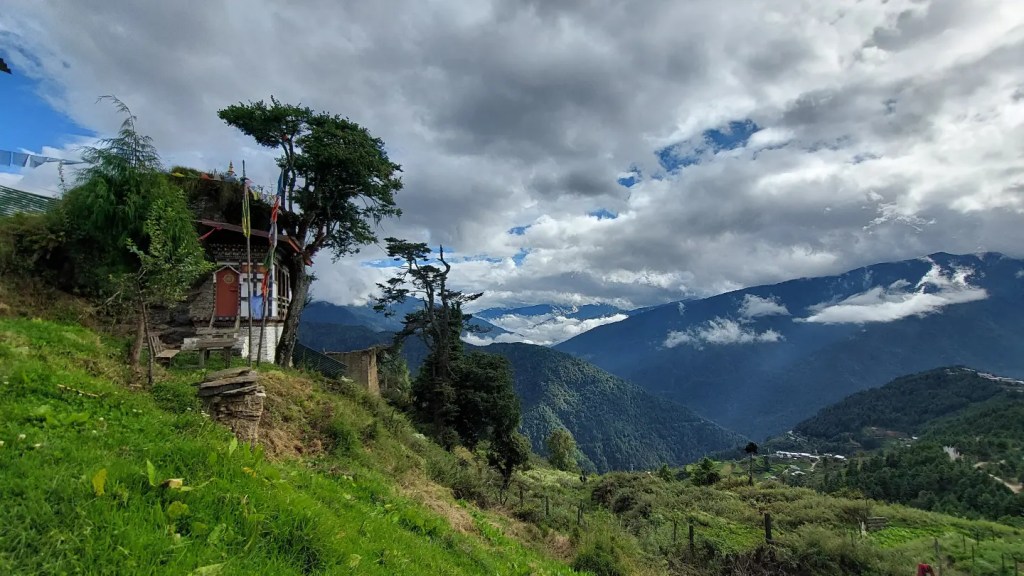

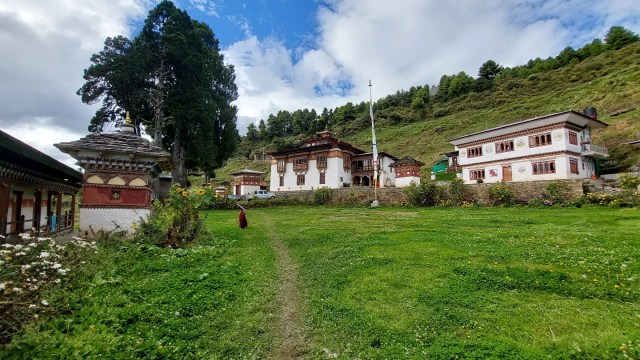
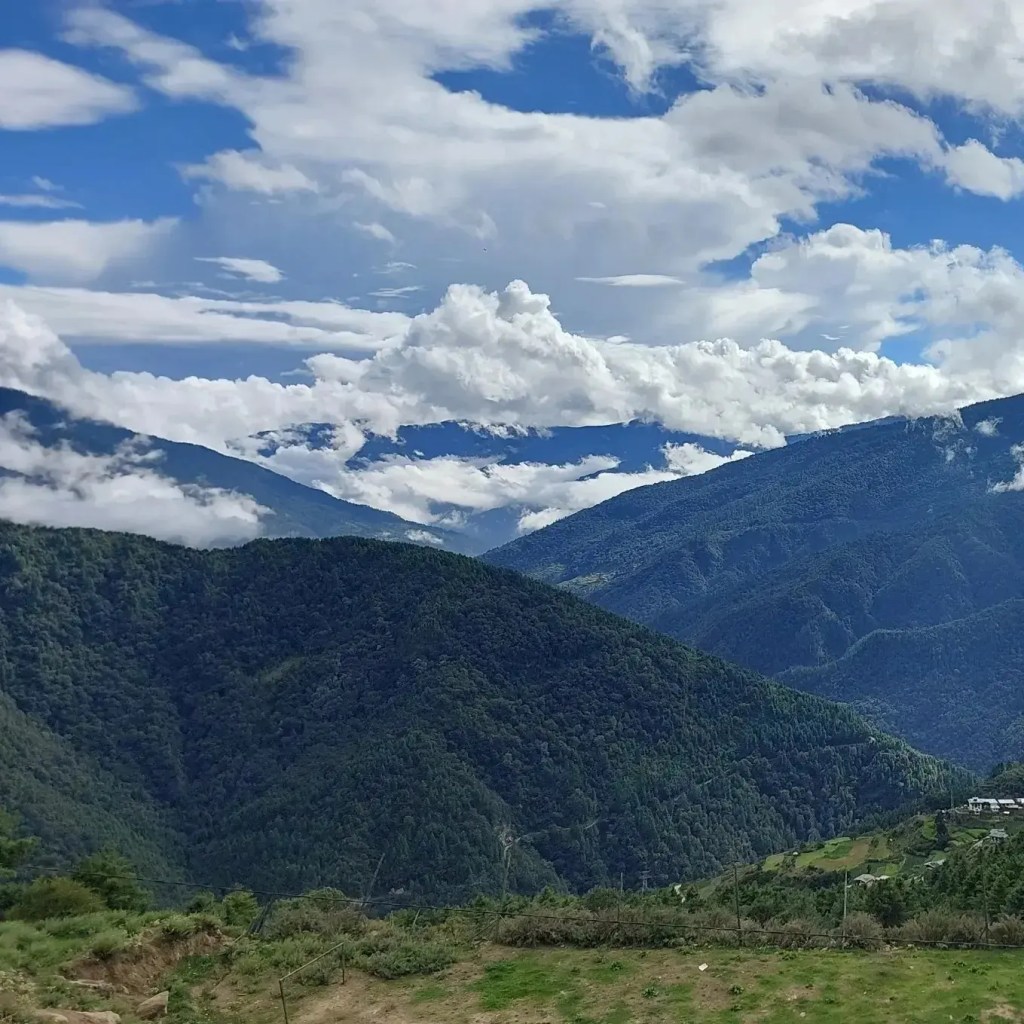

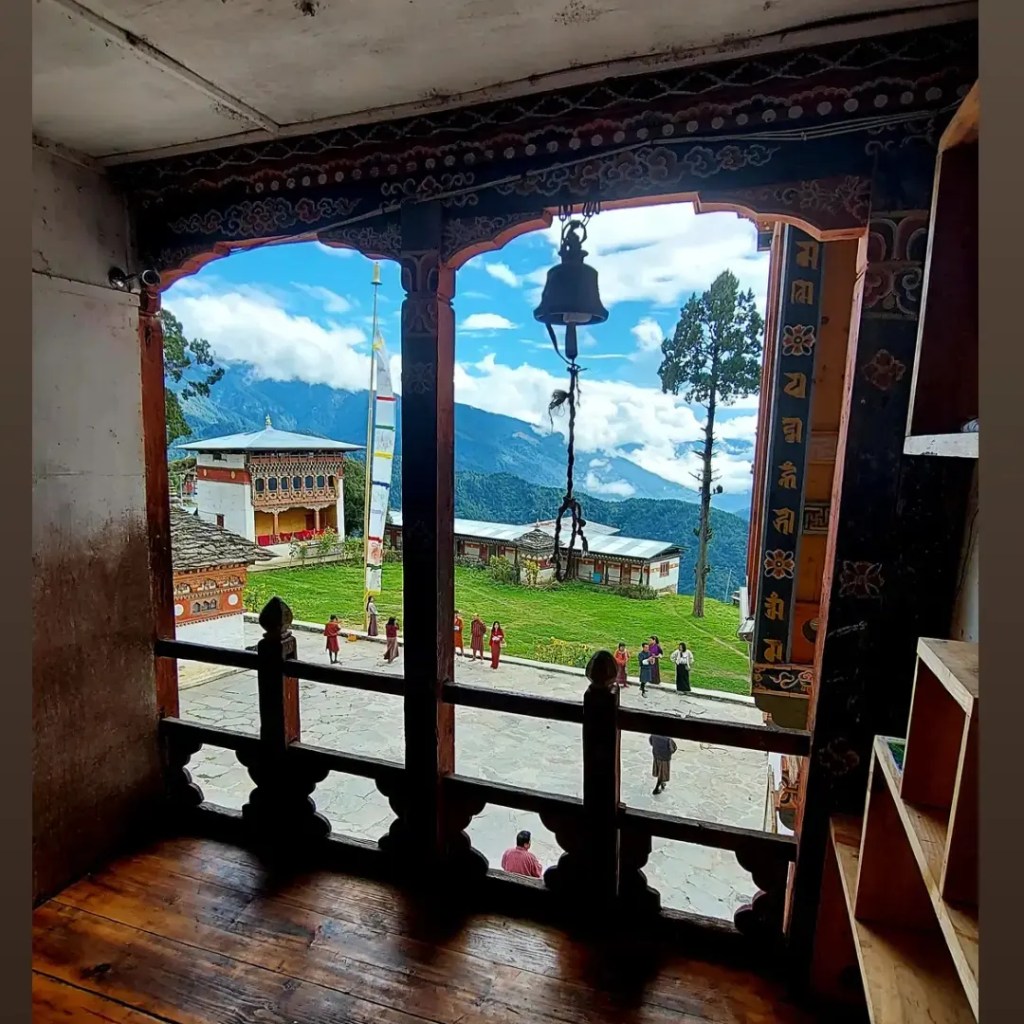

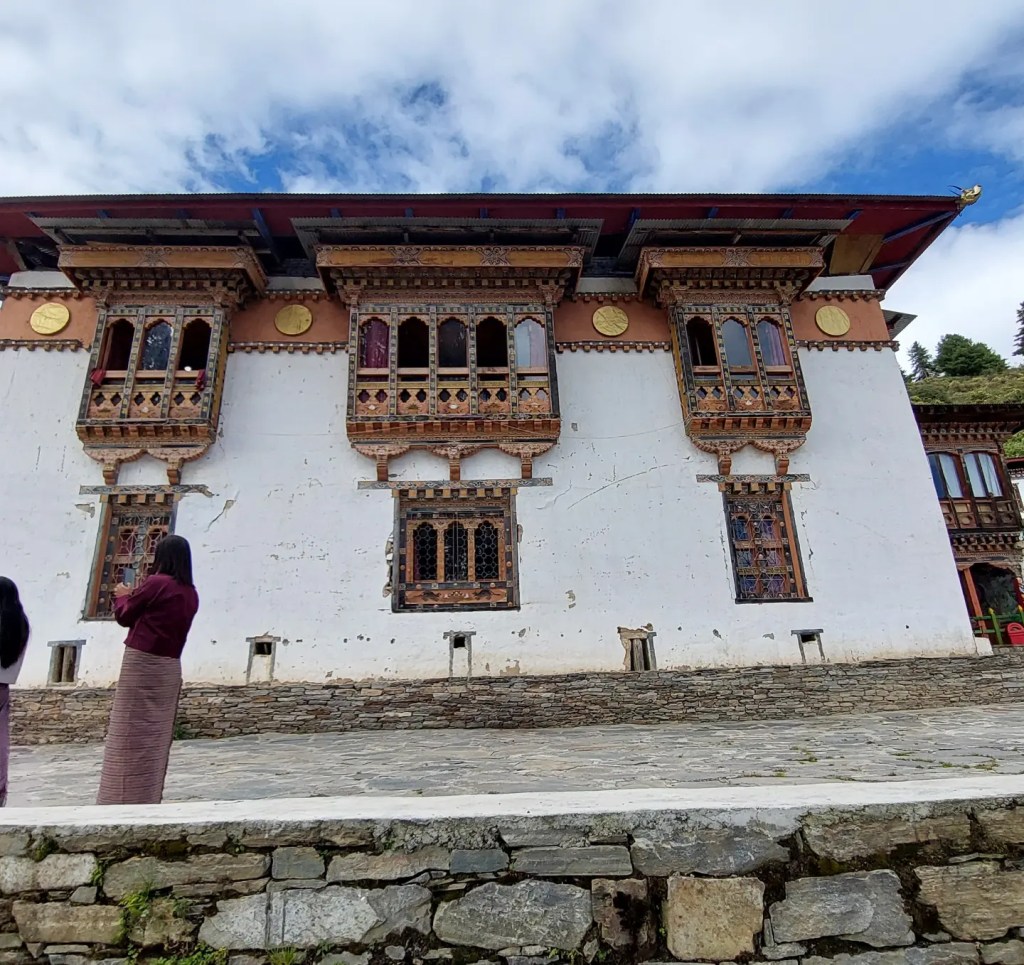
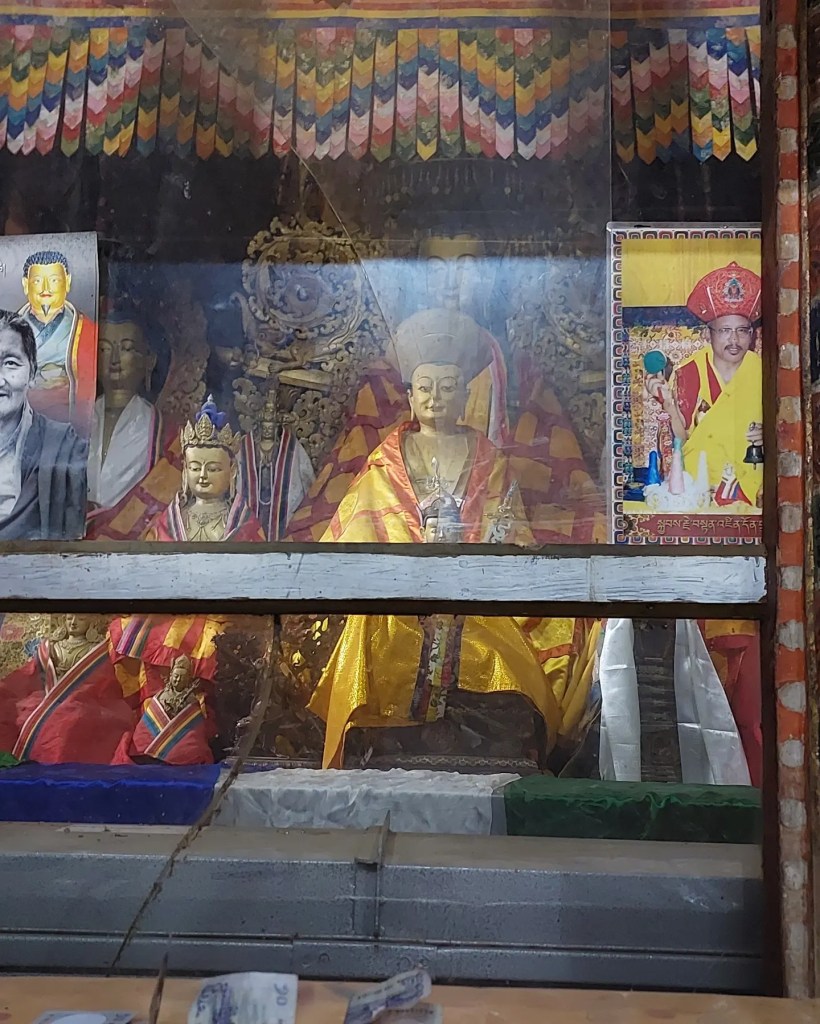

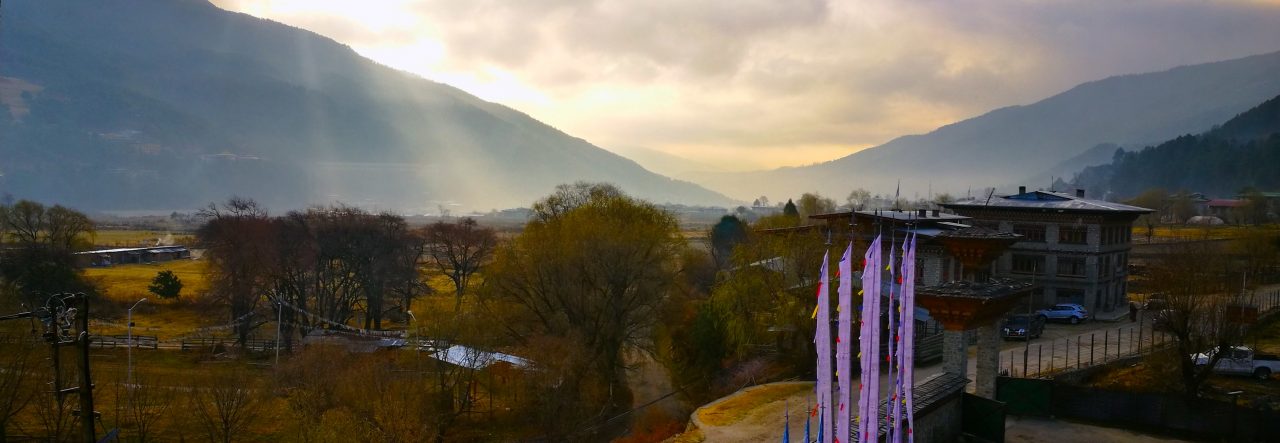
very useful information. many thanks
LikeLike